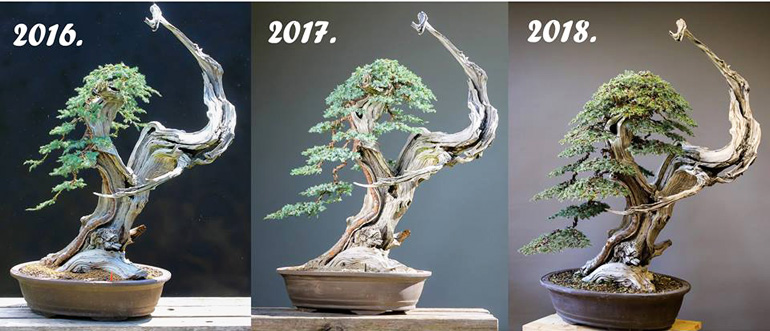
A three year progression on a Himalayan juniper (Juniperus squamata) by Josef Burschi
We’ve got new Before & After for you. This time with an intermediate stage between the before and after. There is a small caveat however. The tree is a Tanuki* (Phoenix graft). I think most Japanese bonsai artists frown on Tanuki, or at least they don’t value them as much as other bonsai. But the tree looks good, so I don’t think it’s a big deal. You can see this tree and some other good ones on Josef Burschi’s fb timeling
NEW SITE WIDE SALE
20% OFF EVERYTHING
INCLUDING ITEMS ALREADY DISCOUNTED
PLUS AN EXTRA 10% OFF ROSHI TOOLS & TOOL KITS
Discounts Are Applied at Checkout

After
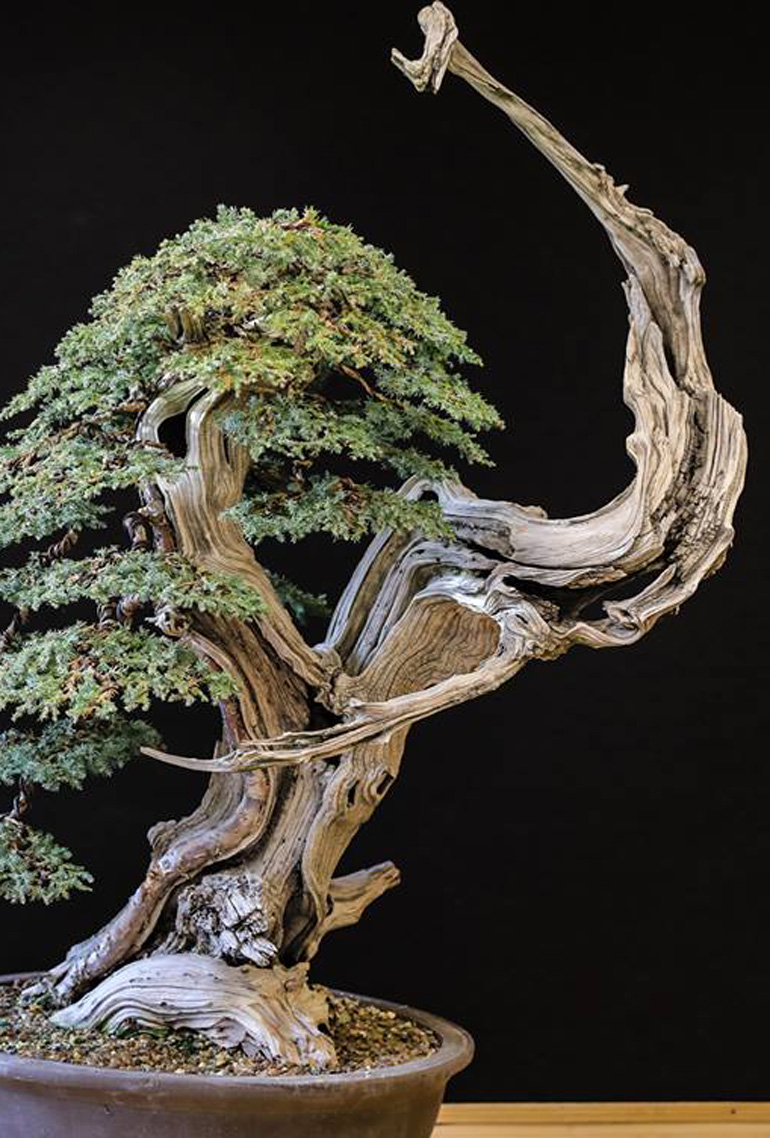
Cropped for a better look at the trunk
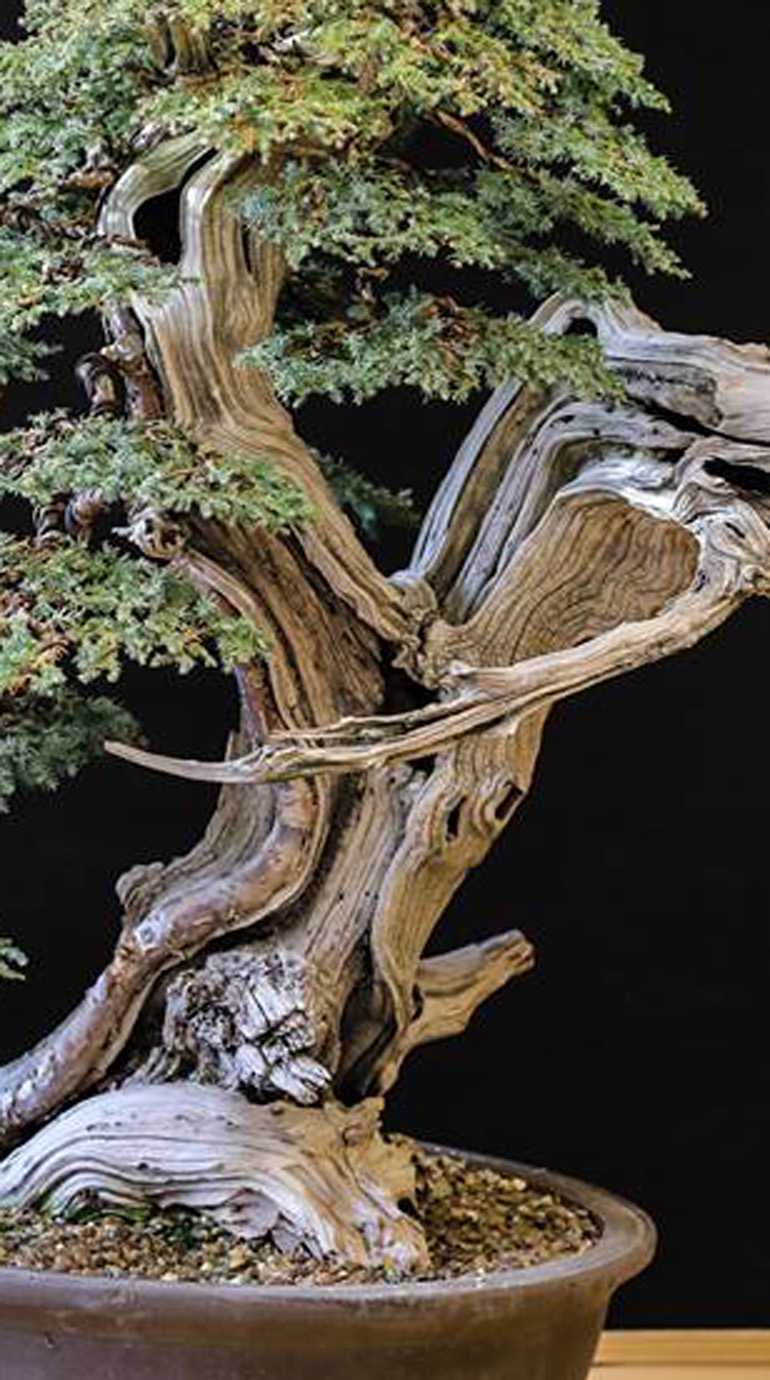
Cropped even more. In addition to the deadwood, you get a good look at the living vein
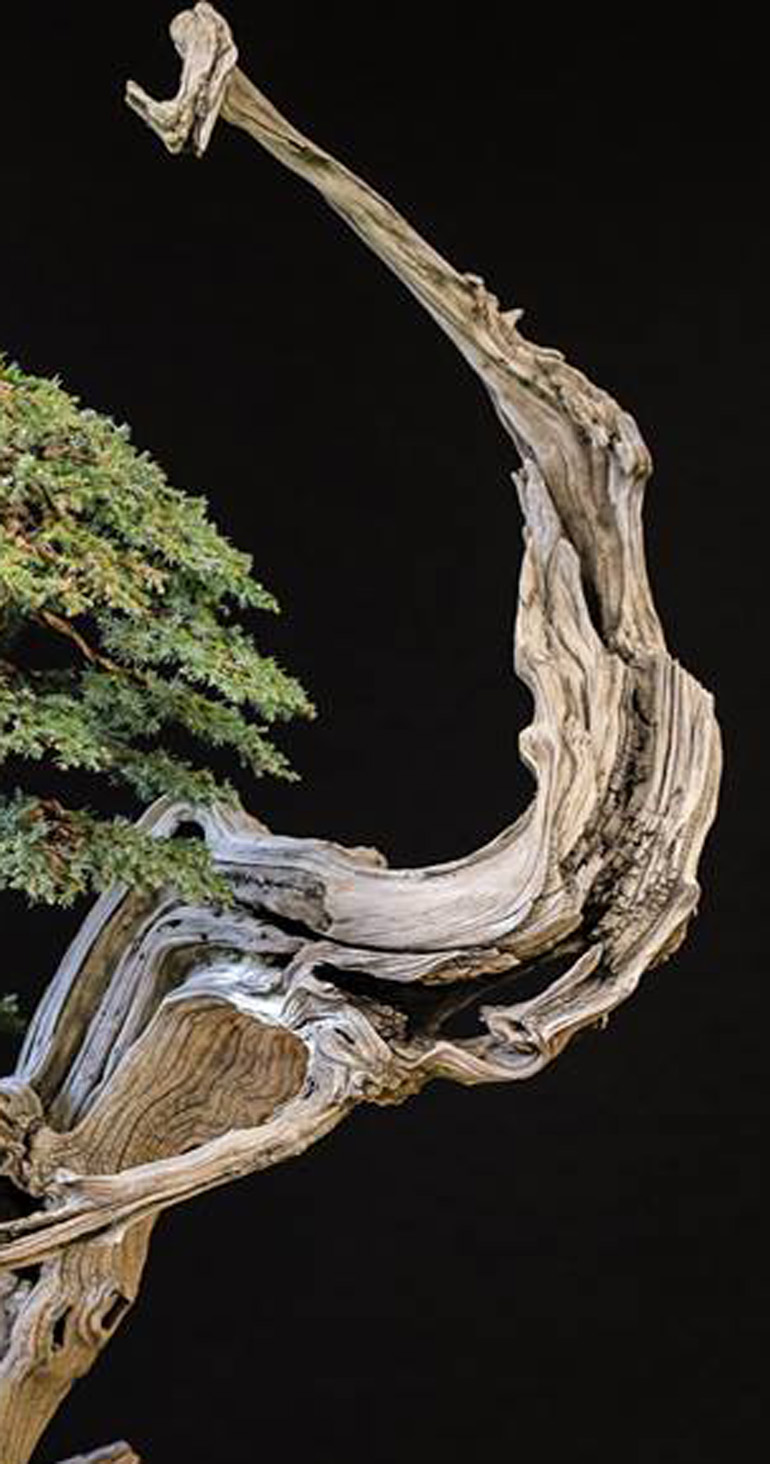
More deadwood
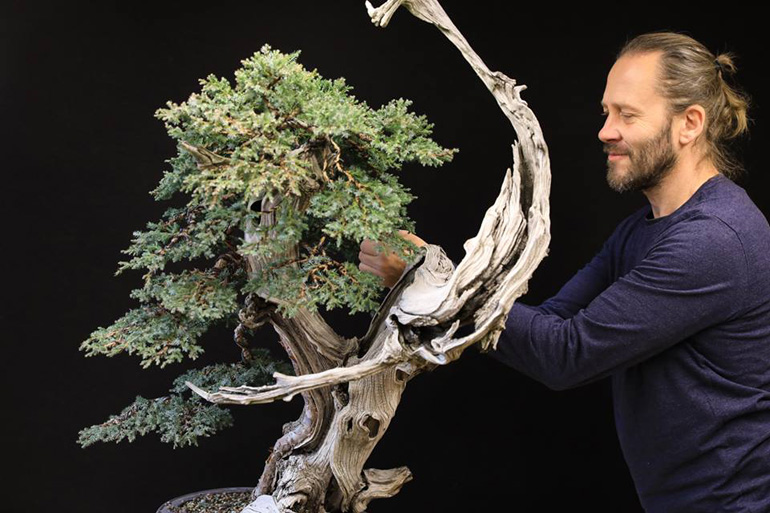
The artist at work
*Tanuki (Phoenix graft) is when you attached a living plant to a piece of deadwood in an attempt to make it look as though it’s one plant. When it’s well done, it can be difficult to tell a Tanuki from other bonsai with deadwood
NEW 20% OFF EVERYTHING
PLUS AN EXTRA 10% OFF OUR FAMOUS ROSHI TOOLS
APPLIES TO ITEMS THAT ARE ALREADY DISCOUNTED
DISCOUNTS ARE APPLIED AT CHECKOUT
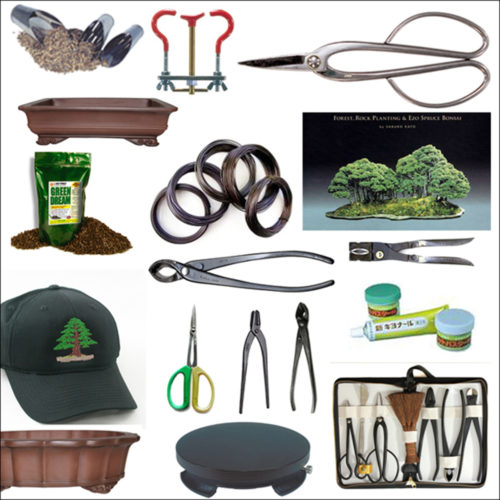 20% OFF INCLUDES
20% OFF INCLUDES
BONSAI BOOKS
BONSAI TOOLS
BONSAI WIRE
BONSAI MAGAZINES
BONSAI SOIL
BONSAI POTS
BONSAI FERTILIZERS
BONSAI ACCESSORIES
EMBROIDERED BONSAI CLOTHING
JAPANESE GARDEN & TREE BOOKS
JAPANESE GARDEN TOOLS
NETSUKE
AND MORE…
DISCOUNTS ARE APPLIED AT CHECKOUT
FREE Shipping on Continental U.S. orders 75.00+
(only if you chose free shipping when you check out)
STONELANTERN.COM
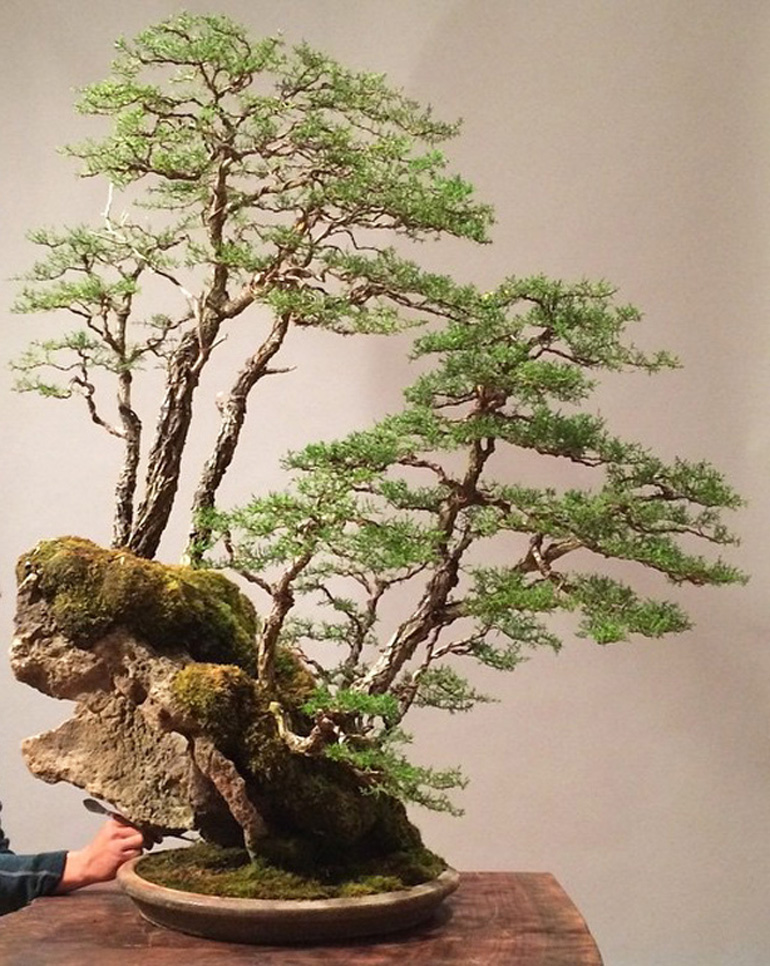 That's
That's 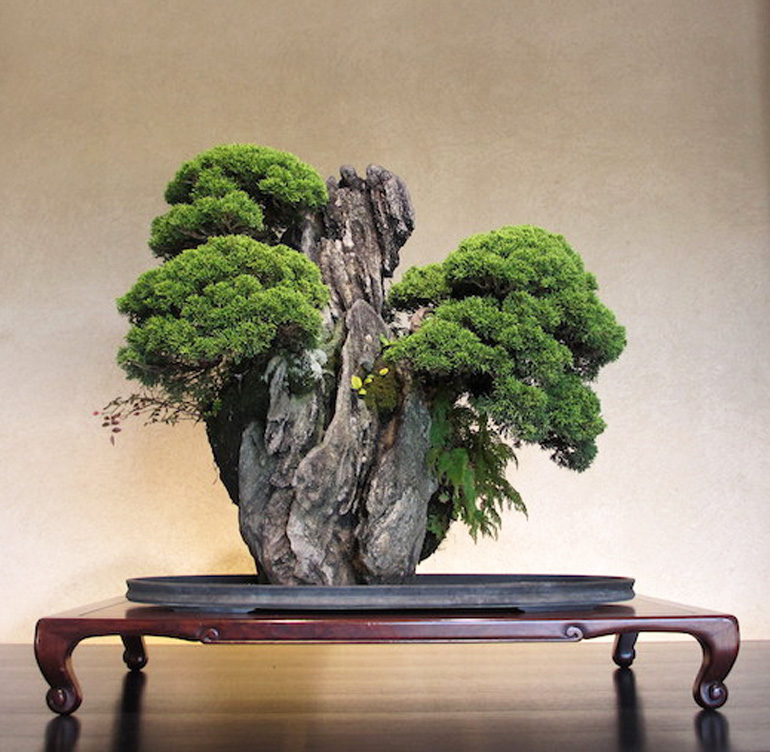 Three robust Shimpaku junipers on a rock. From the
Three robust Shimpaku junipers on a rock. From the 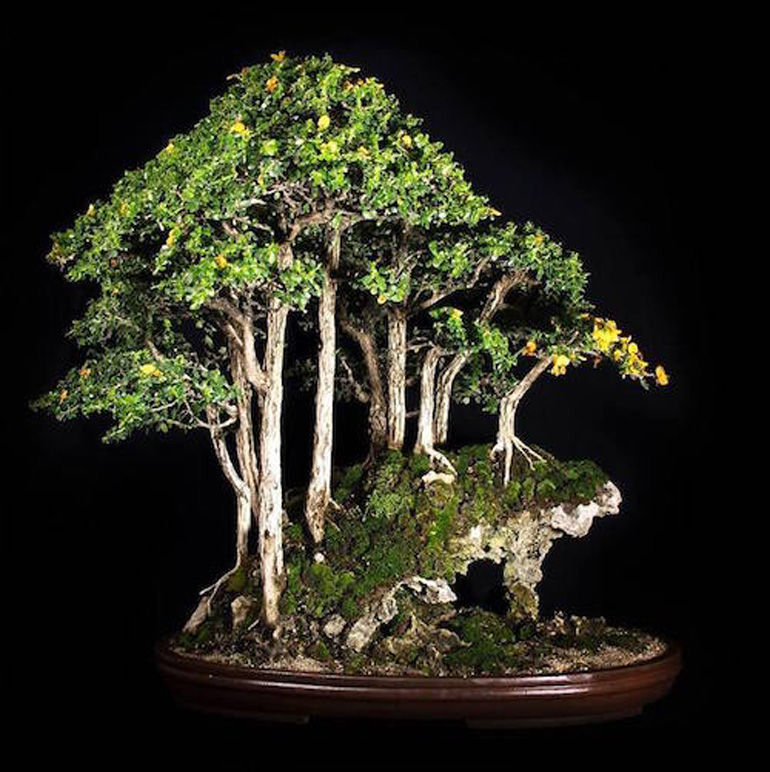
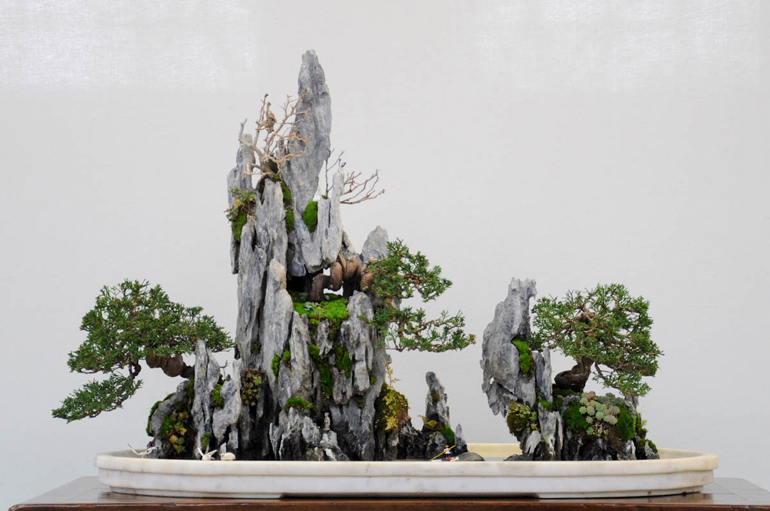
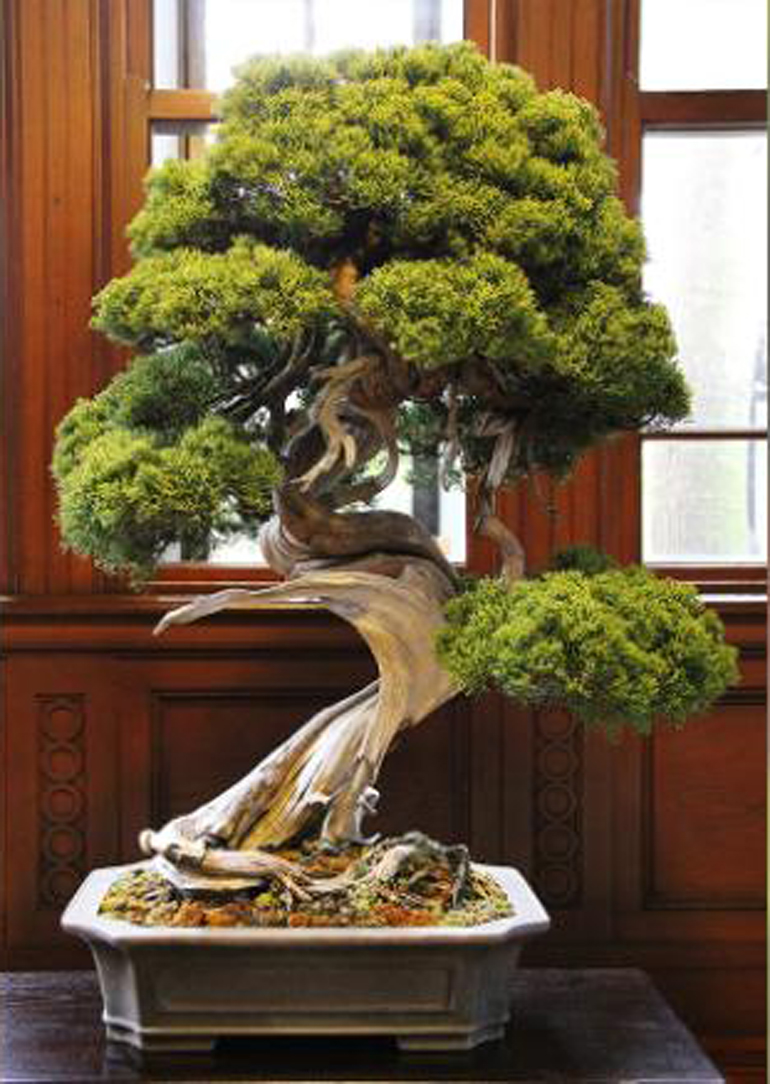
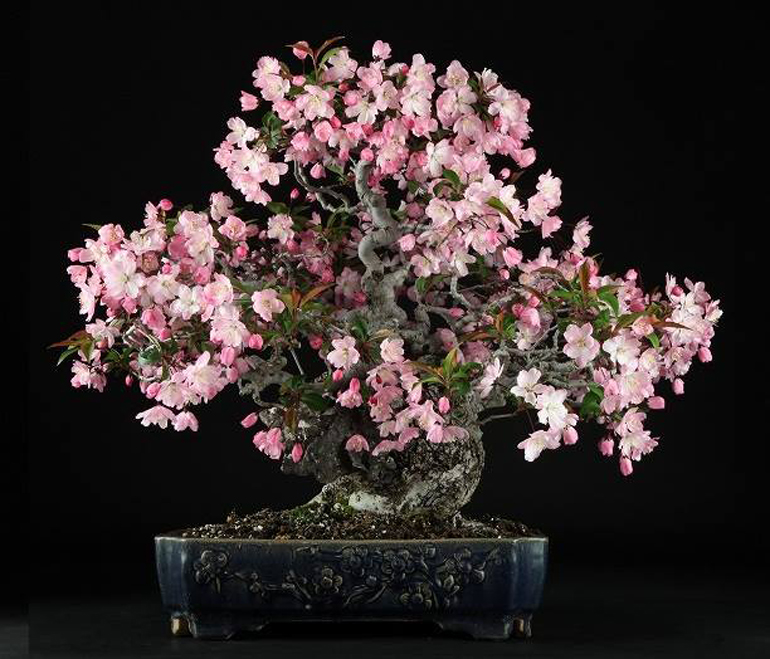
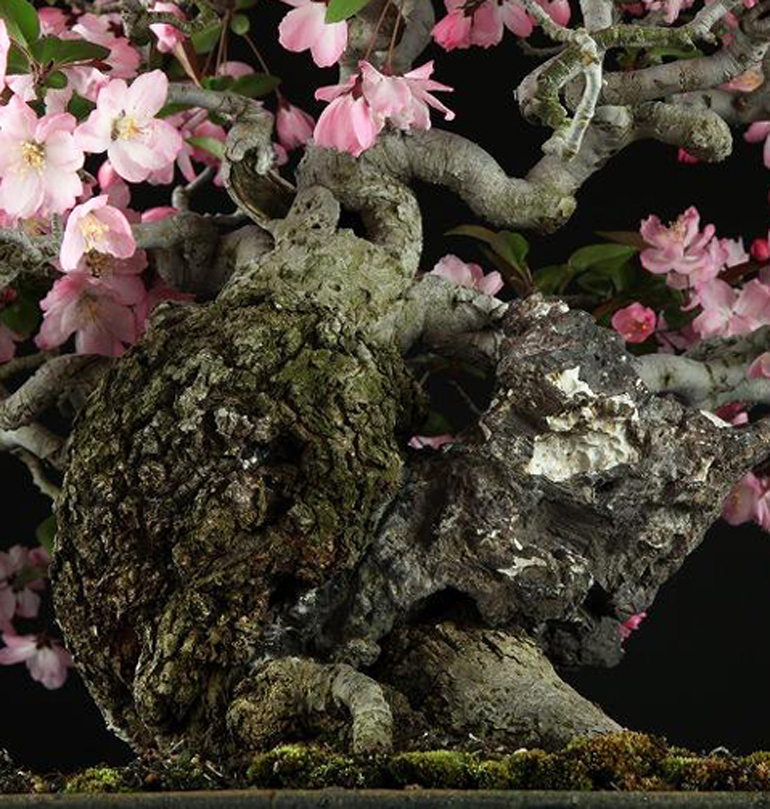
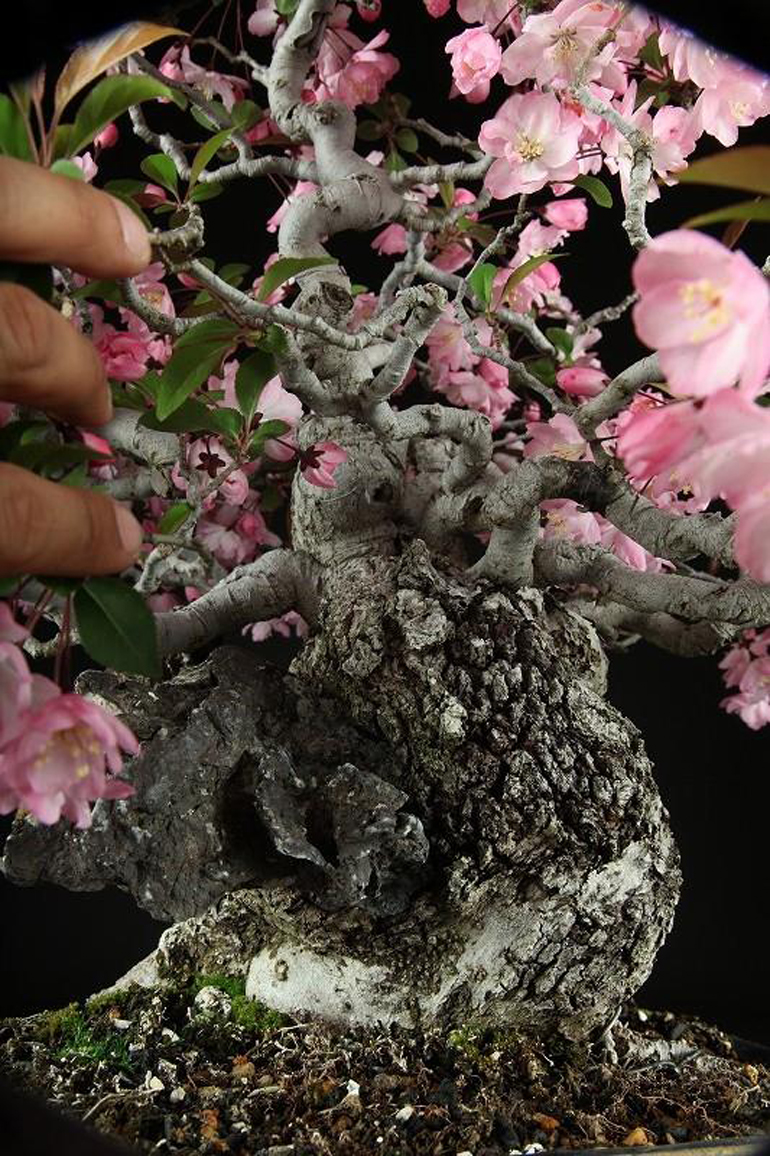
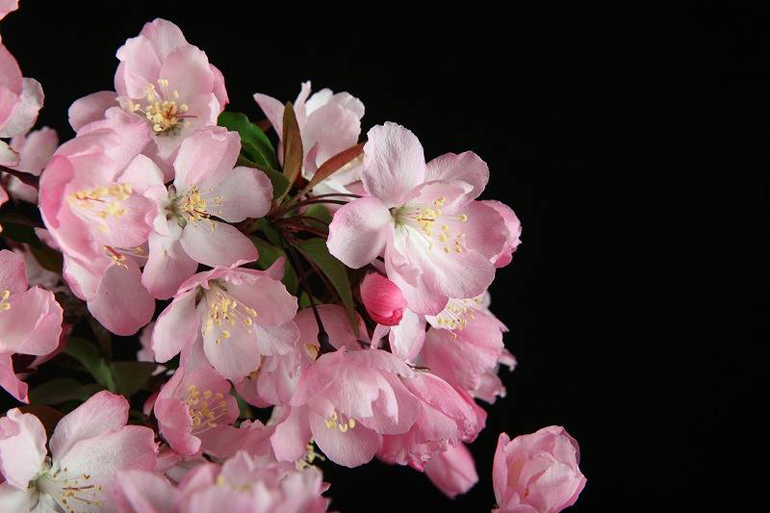
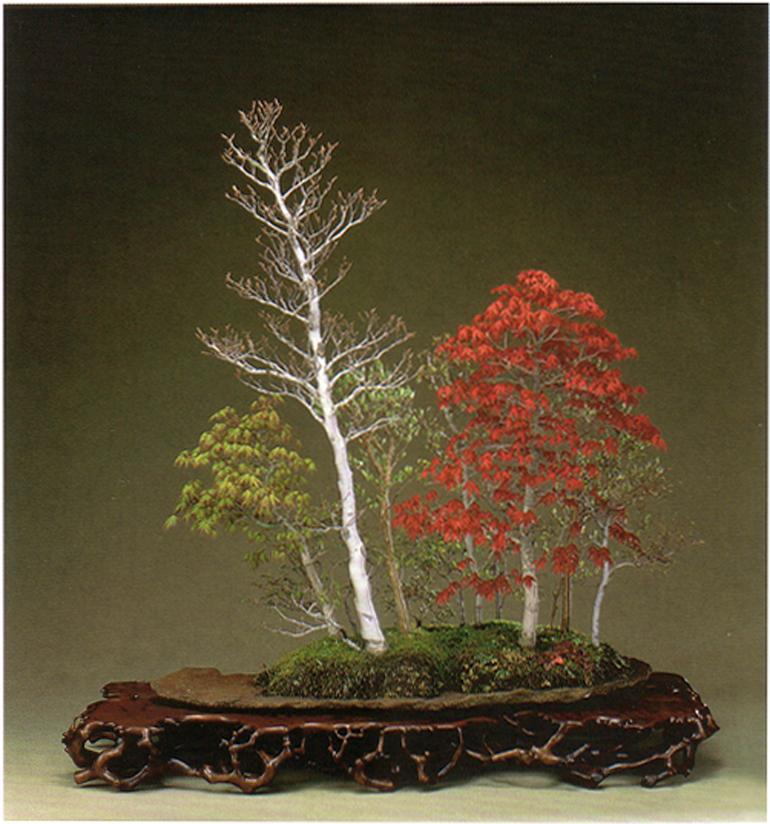
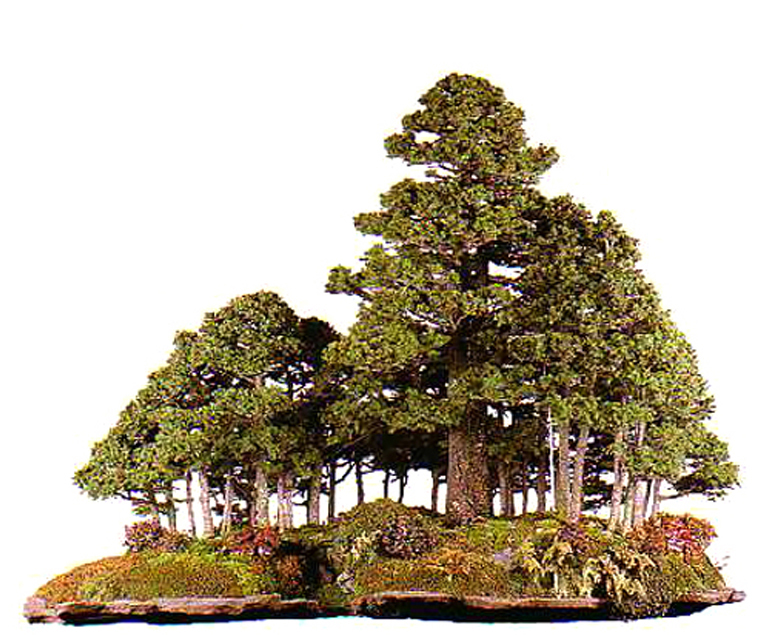
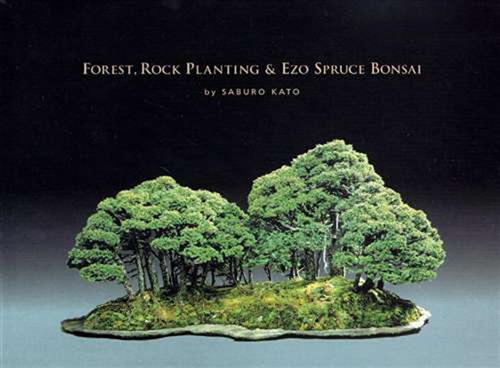
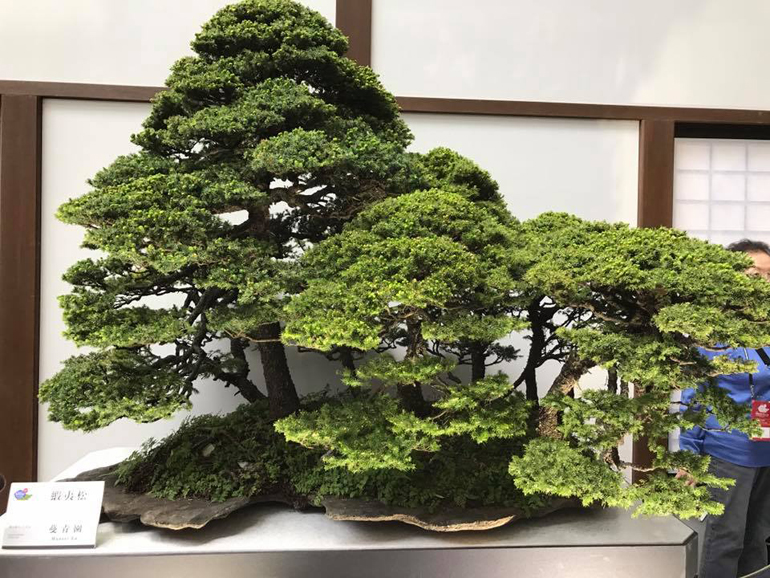 This very large forest was on display at the 2017 World Bonsai Convention in Japan. Like so many other Ezo spruce forests, it was originally created by
This very large forest was on display at the 2017 World Bonsai Convention in Japan. Like so many other Ezo spruce forests, it was originally created by 
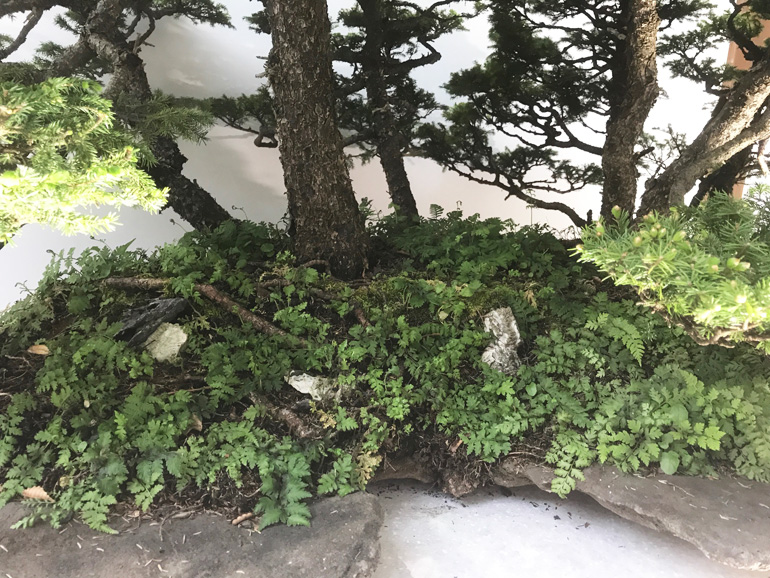
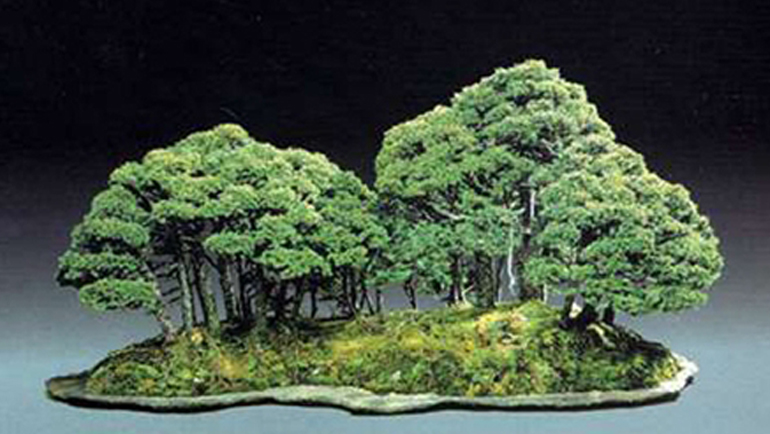
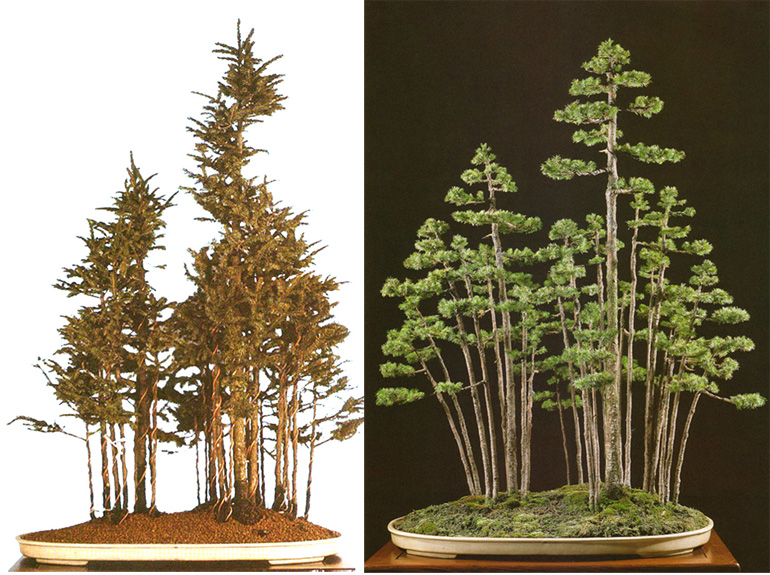
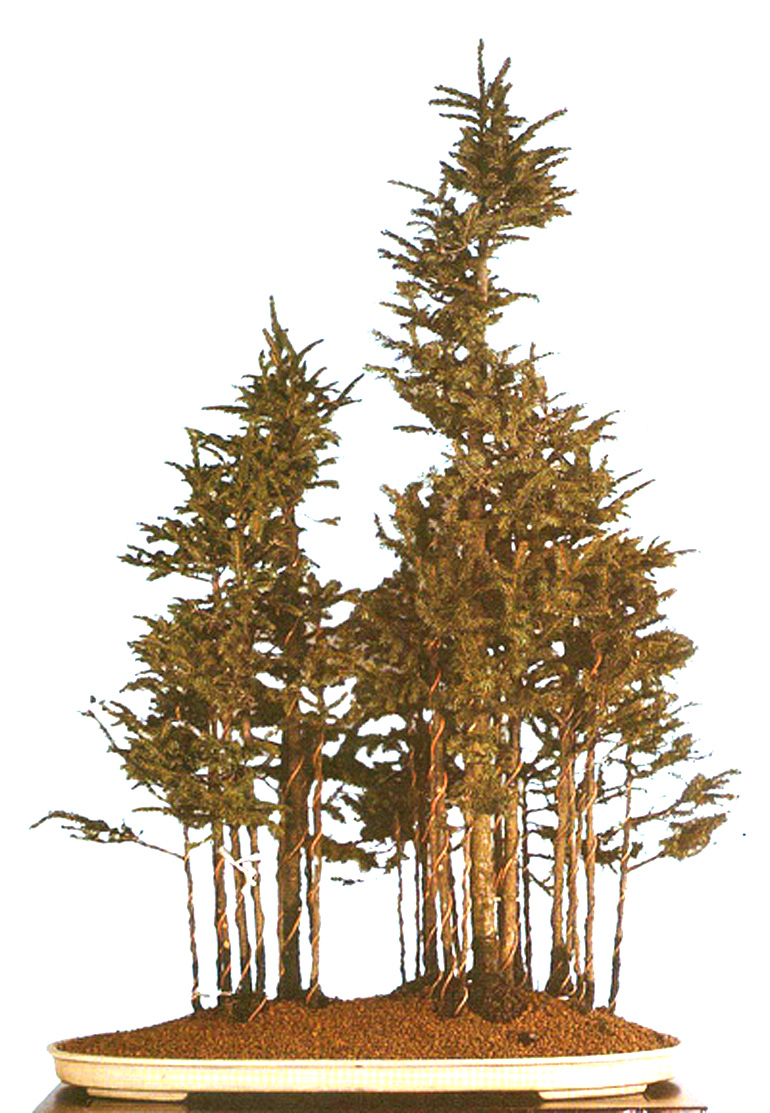
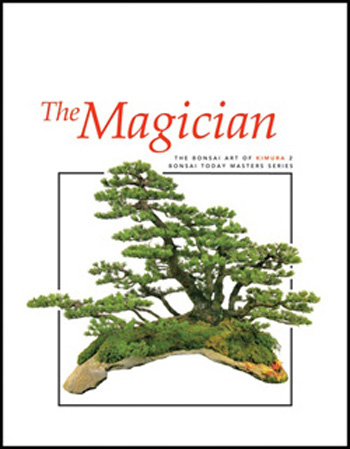
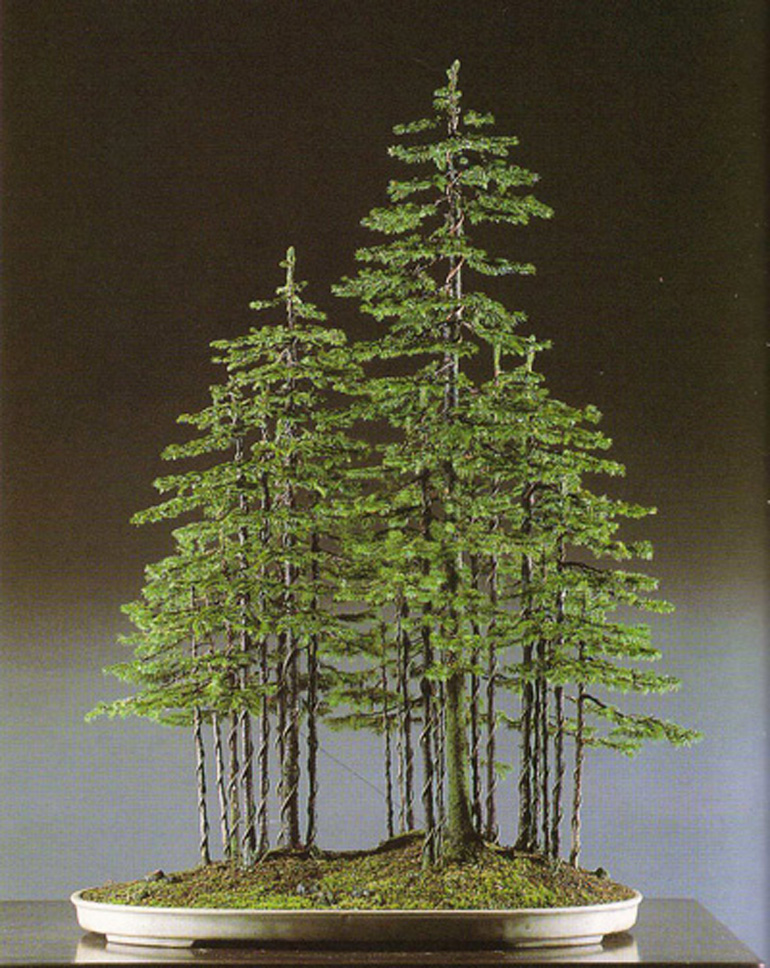
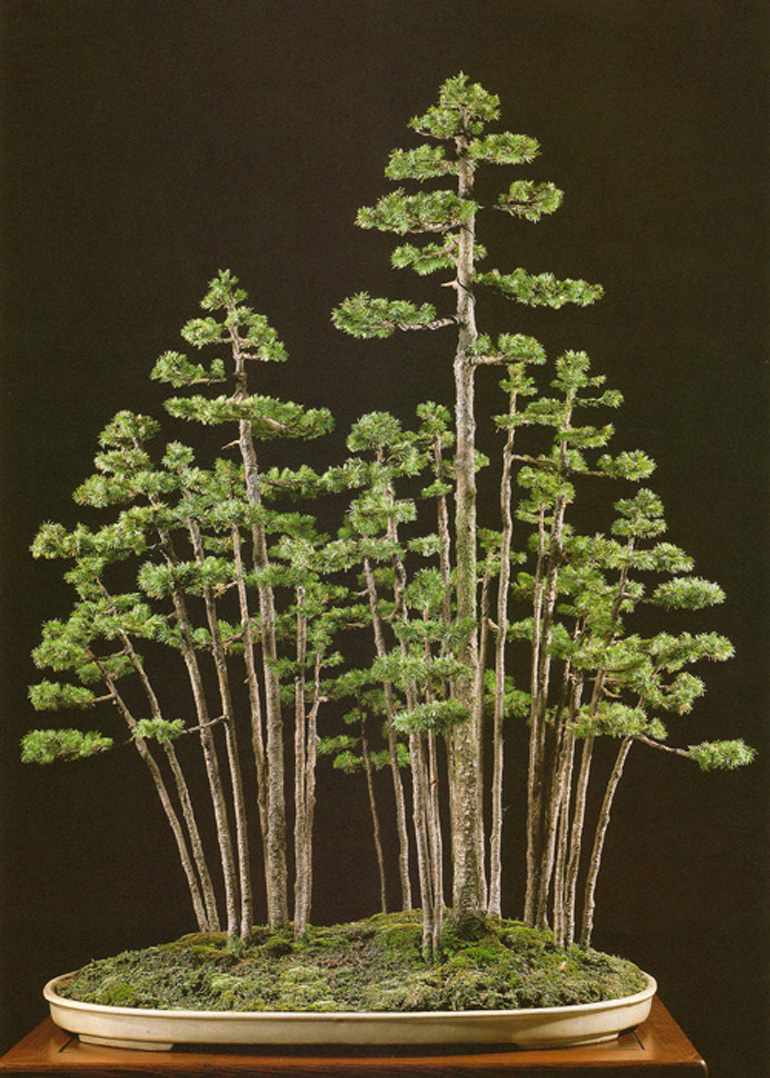
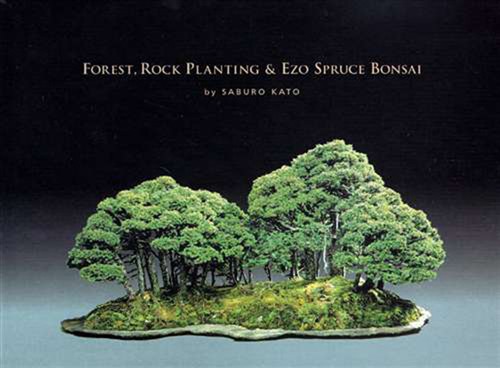
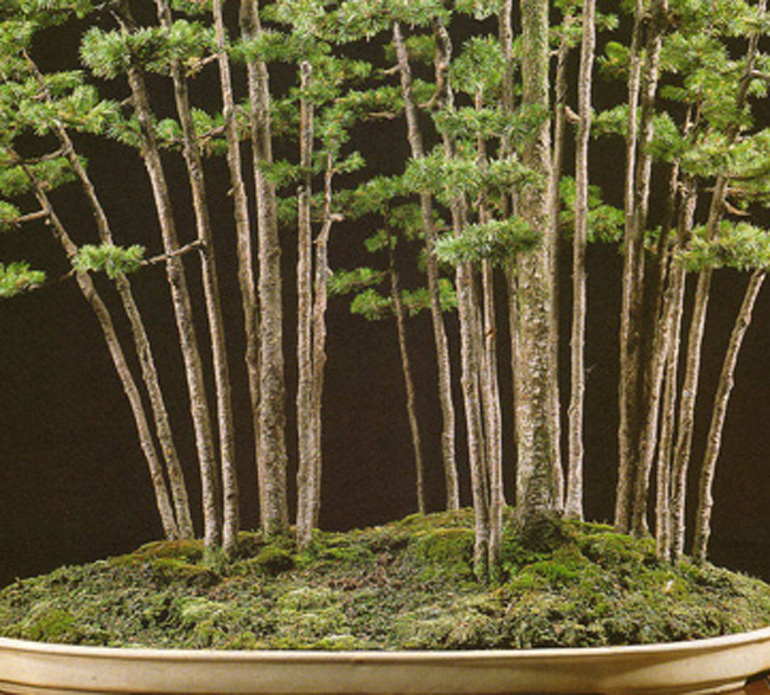
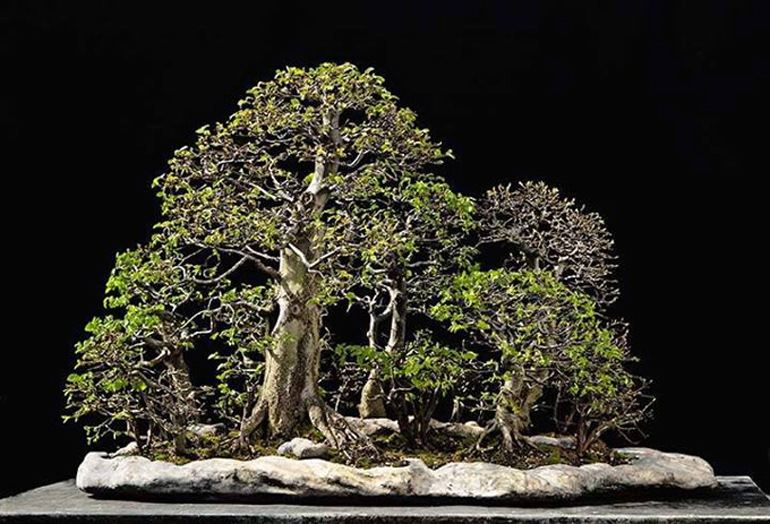
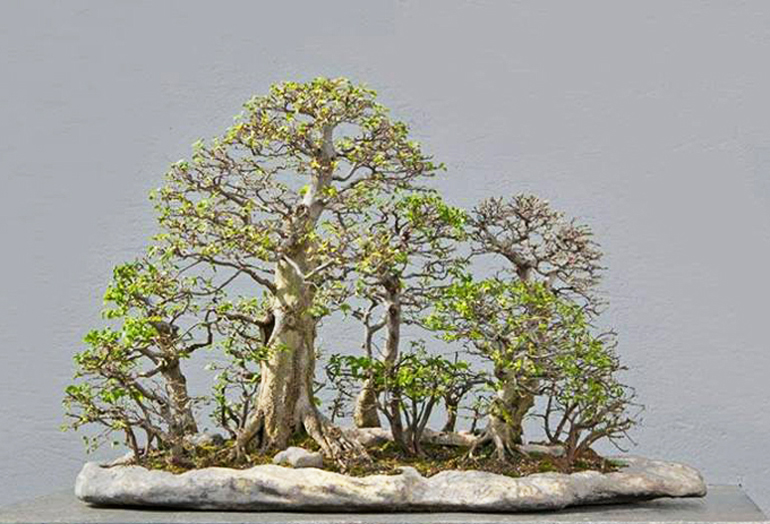
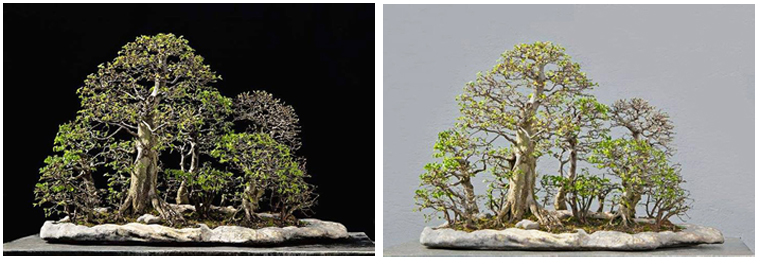
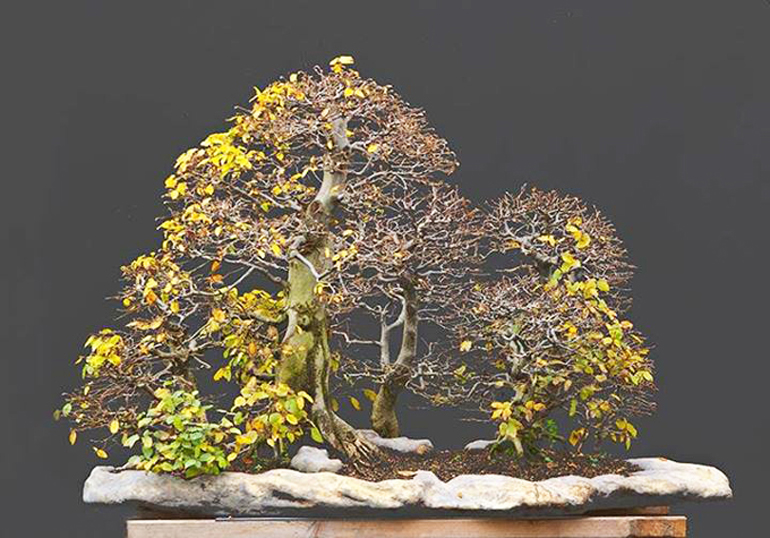
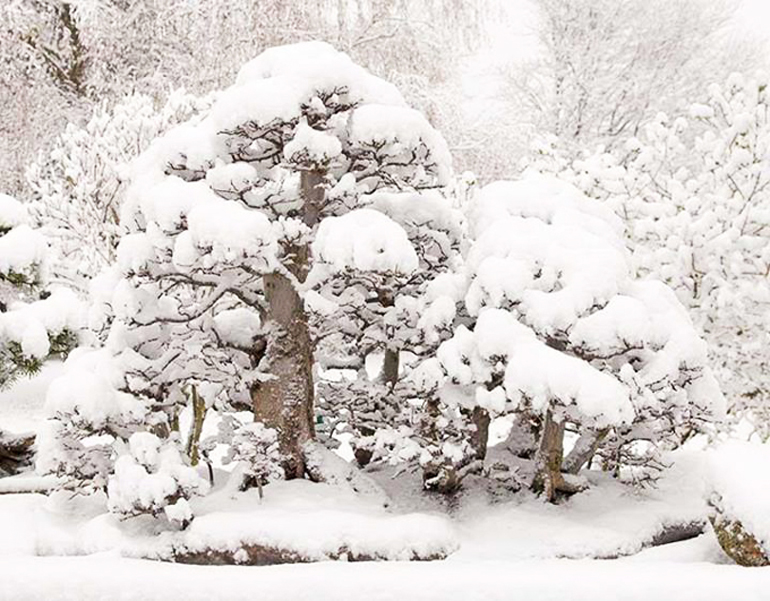
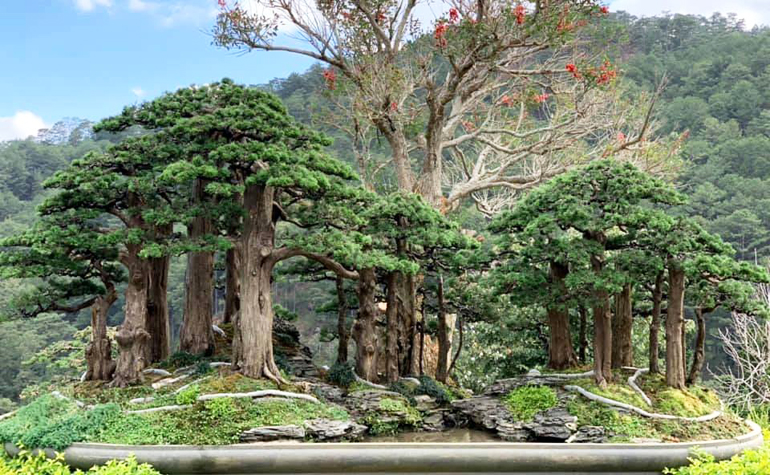
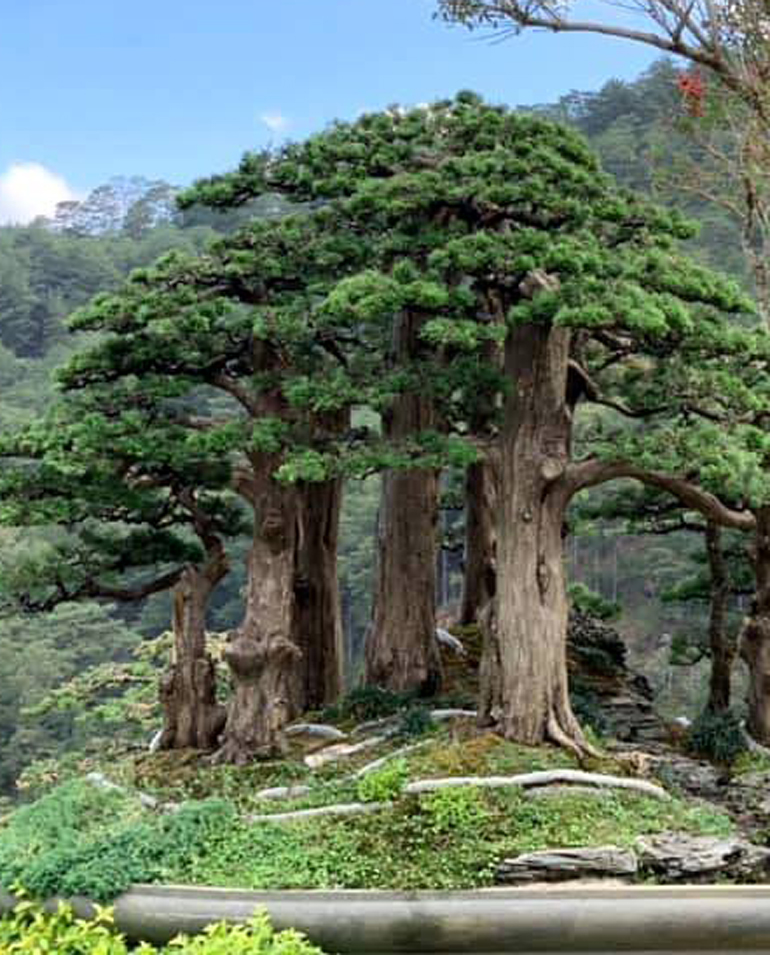
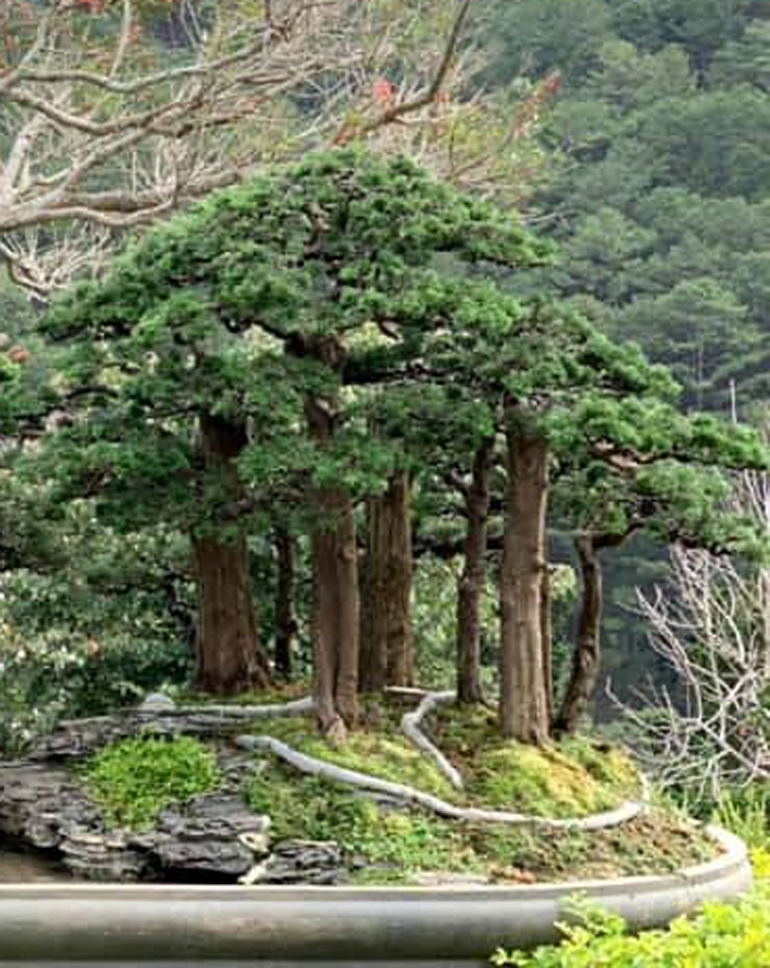
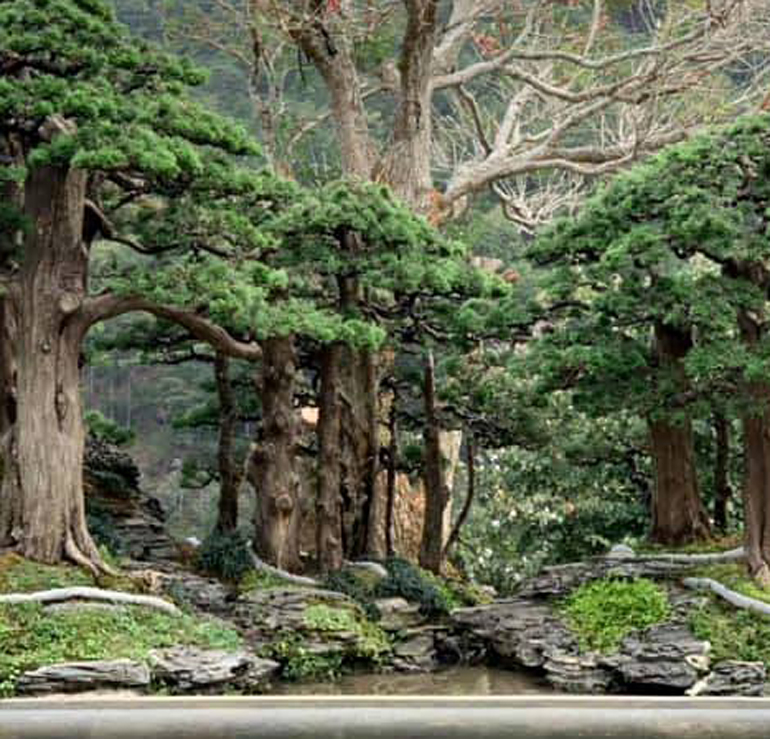
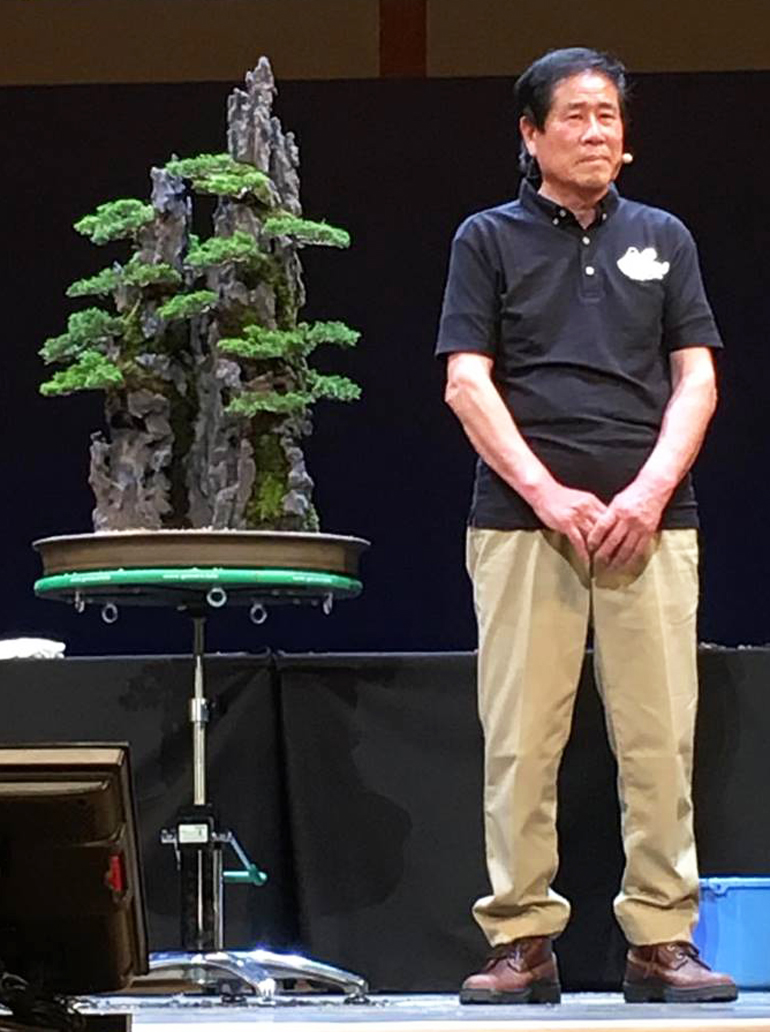
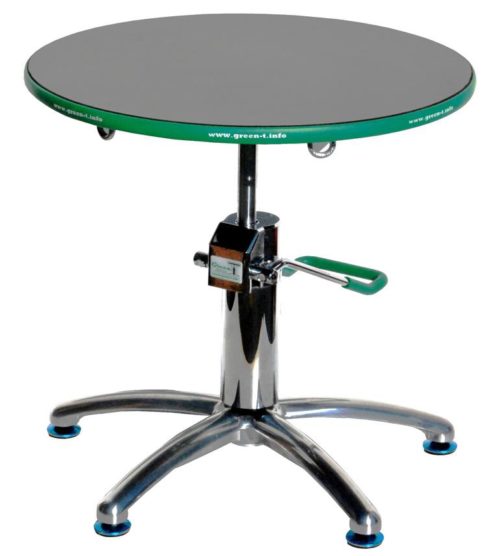
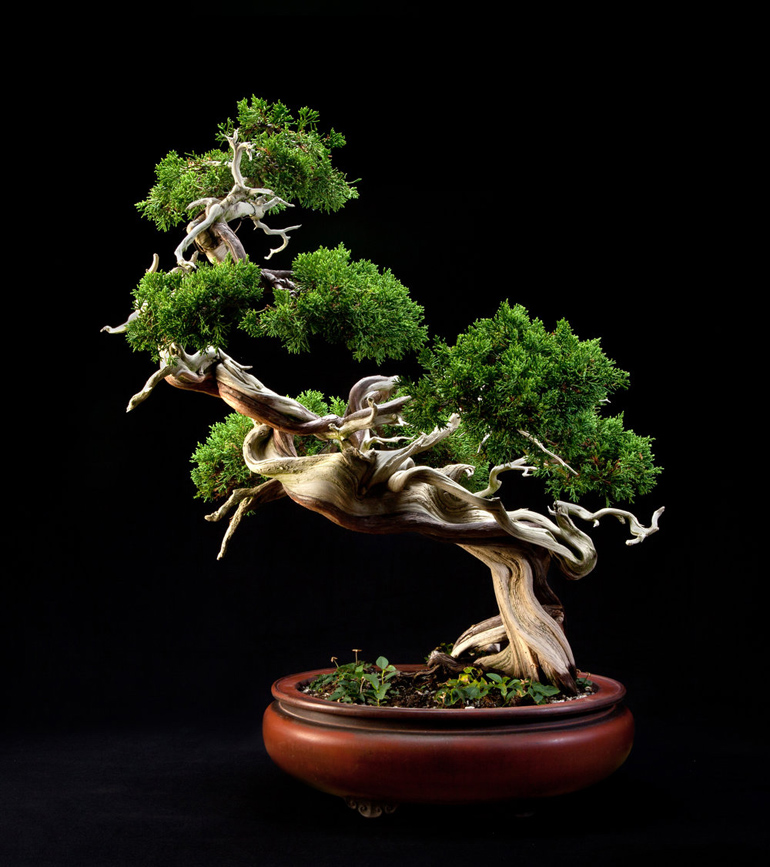
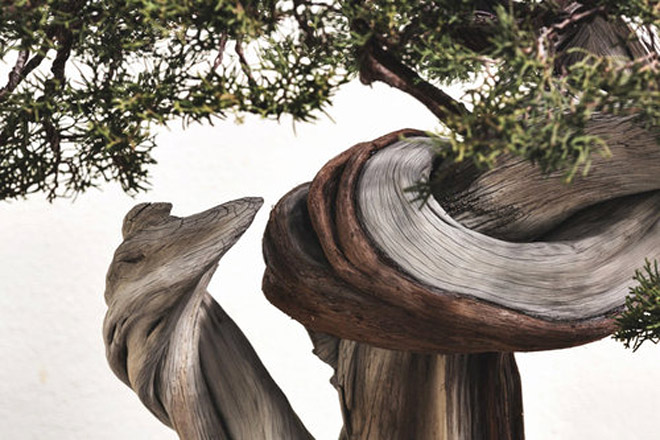
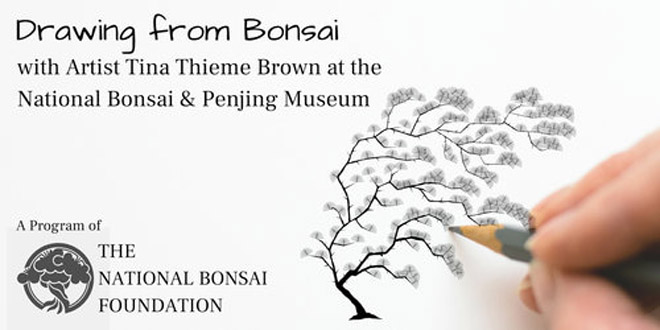
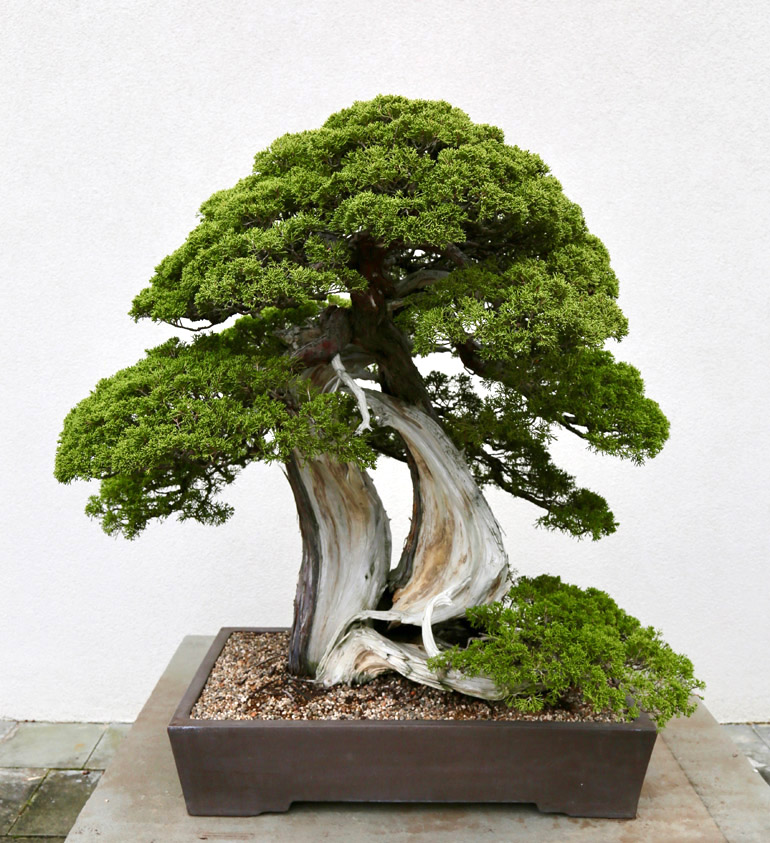
 The Museum logo
The Museum logo